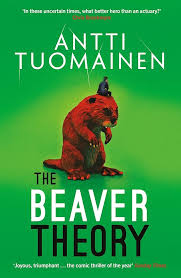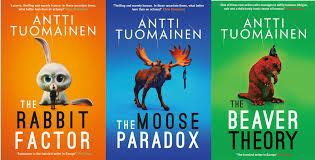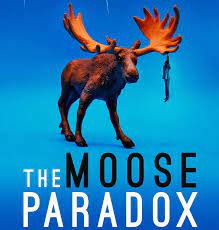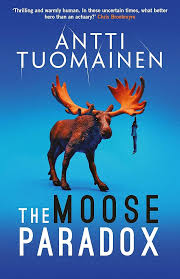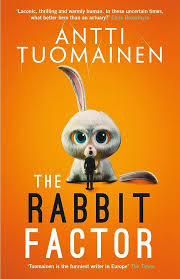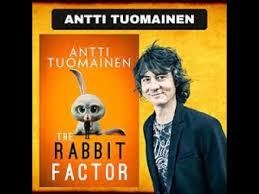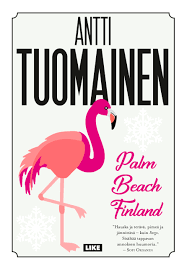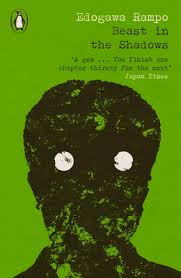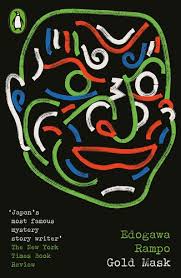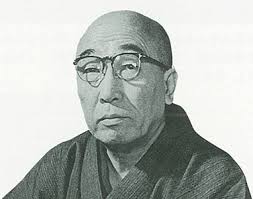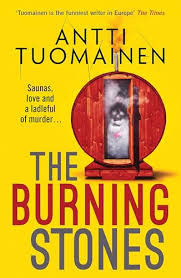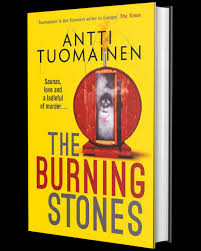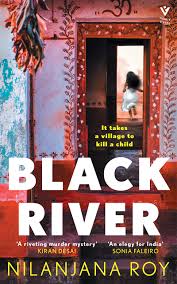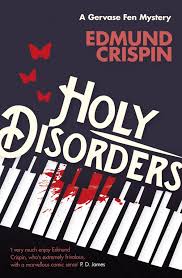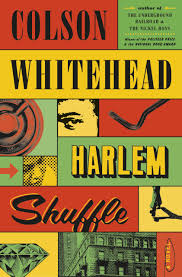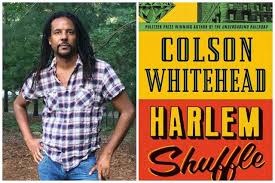The Healer (2010) by Antti Tuomainen.
Good Reads meta-data is 224 pages rated 3.16 by 2073 litizens.
Genre: krimi.
DNA: Finland. Species: Helsinki.
Verdict: Unbalanced.
Tagline: The worst has come.
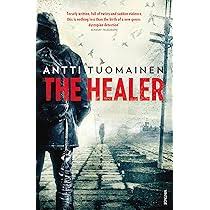
There is a rich context of Helsinki, some of which resonates with memories of our visit there – the central station guarded by those giants, Stockman’s, the rock church, the bears at the door of museum with the 1919 broken glass in the door.
The hero is sympathetic. Moreover, the police are not cardboard fools.
This world has a oneway descent into a state of nature. There is mercifully no preaching about this catastrophe; it just is. Instead we have a study of how different people react to that fact. Some go into denial. Others welcome it, until it hurts them. A few find profit in it.
Though the authority of the state has all but disappeared, the police are still rule-bound and paper money in euros retains value. Further, for a penurious poet Hero seems to have a good supply of that paper money.
Hamid appears, saves hero’s life, starts a backstory, and then disappears from the text. Poof! Uh? Likewise, hard to fathom was the fact that poet seems to have known nothing about his wife or his two best friends. Instead far too much leans on the plotter’s crutch: the all enveloping conspiracy.
Had this been the first Antti Tuomainen book I read, I would not have read any more. Very Nordic noir formulaic: the protagonist tortured by his backstory, gruesome violence, a bleak environment, insidious corruption by anyone with more than two euros to rub together, and a downbeat ending. Same old, same old.


